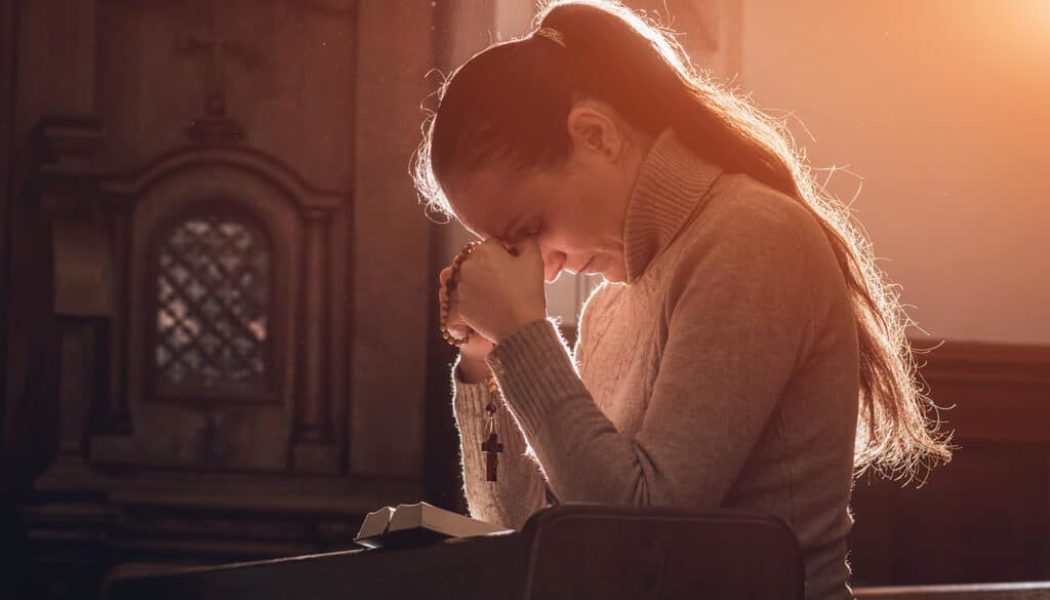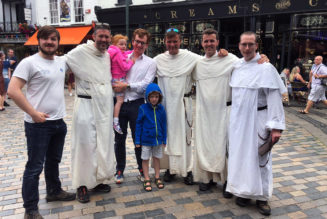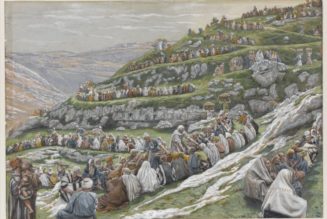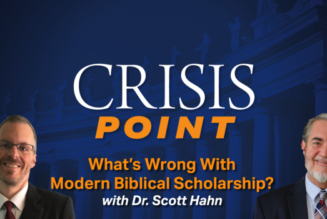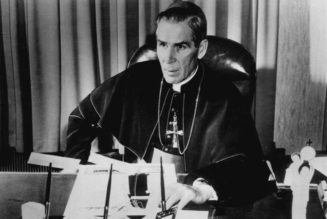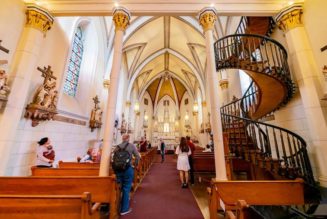Sometimes when you are part of a subculture, it is really important to step out of it or to be shown what it looks like from the outside. In the United States, to be a Mass-attending Catholic is to be part of a religious subculture (please, spare me the discussion of whether Catholicism is the ‘real’ culture and thus America is the subculture). American Catholics were given the chance to see themselves from another point of view — a secular one — this week with an article in the Associated Press by Tim Sullivan.
There has been no shortage of quibbling over some of the language in the piece, particularly the terms liberal, conservative, traditionalist, right and left, and how they are applied in specific circumstances or to specific groups in the Church. Overall, I think that Sullivan has done a fair job of covering a real shift that is happening and presenting a balanced picture of it. I think that he has done us a service because he is telling the story about what is happening in the Church in this country in a way that only an “outsider” can.
Sullivan lumps many Catholics together who would be shocked to find themselves at the same dinner party. Curtis Martin (founder of FOCUS) and Matthew Walther (editor of The Lamp) would have nothing to say to each other; Father Mike Schmitz and Father Chad Ripperger would probably be cordial but distant. Stephanie Gordon and I might come to blows. But in lumping us all together, Sullivan has done us a great service. He has said to us: “You look the same to me.” And in fact, when it comes to the fundamentals — belief that Jesus Christ is God, that he came to save the human race from sin and death, and that he did this by dying and rising from the dead and leaving us his Holy Spirit — Sullivan is right. We are the same. These beliefs do, in fact, set us apart from many, if not most, of our American neighbors.
Shifting paradigms in the Catholic Church
As any insider knows, there are a myriad of ways of living out the Catholic faith such that even within a community that goes to Mass on Sundays and believes the Nicene Creed, you will find disagreements, squabbles and opinions, opinions, opinions. Whenever a new survey comes out that shows how tiny the percentage of Sunday-Mass-going Catholics is compared to the total population that identifies as Catholic, I marvel at both how diverse the crowd that shows up is and I regret that we are missing so many who should be with us. Losing them makes us poorer.
The Catholic Church in America is shifting, and it is shifting in ways that no one necessarily saw coming. Some of the ways are significant because they indicate the future; some are deeply personal and emotional, and have more to do with the past. This is what Sullivan’s article brings out, which I think is helpful. As Catholics, we believe that the Holy Spirit directs the Church and that the faithful themselves carry the faith forward in some ways (the sensus fidelium). We are asked to listen to the way the wind is blowing and to discern whether it is of God. Sullivan notes that more “traditional” Catholics seem to be taking over parishes, and that they, “attend confession regularly and adhere strictly to church teachings.” They believe in salvation, forgiveness and compassion, he writes. Well, those all sound pretty good to me. If the price for this shift is letting go of some of the hymns that were written in the 1970s, that sounds like a good deal.
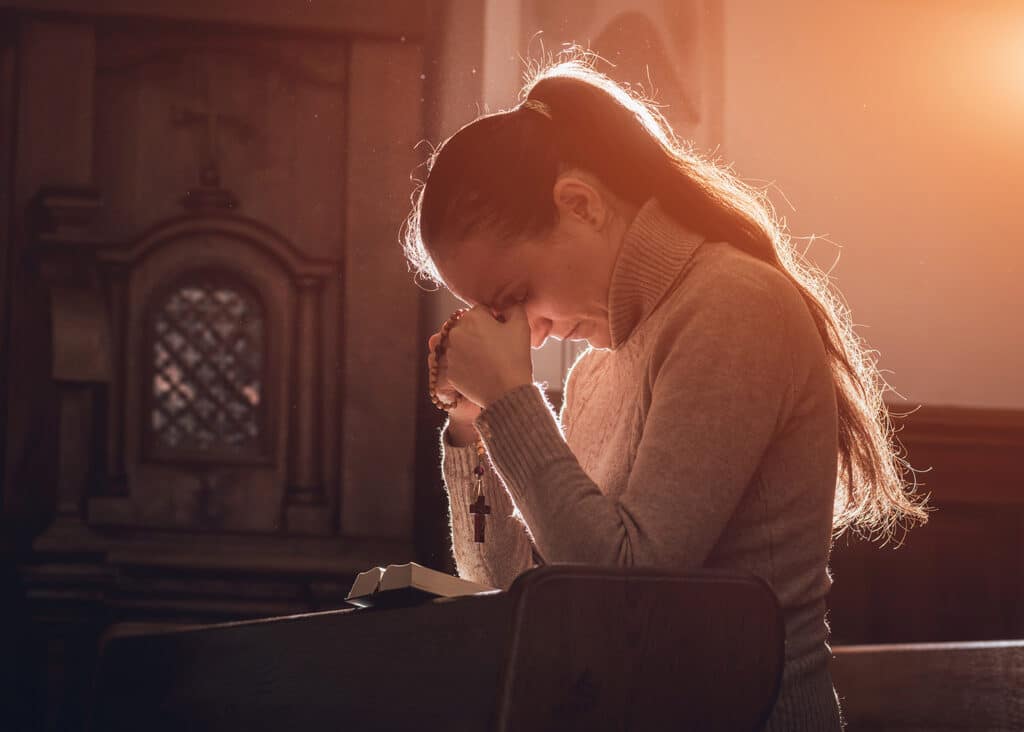
To some older parishioners, though, it sounds like moving backwards. I do not think it is possible for us post-Vatican II Catholics to understand the changes of that era and what they meant for many, but I do think that we should practice empathy for our older members. Some people have an attachment to “On Eagle’s Wings” that I do not understand, but that doesn’t mean that I need to mock it or refuse to be present at a Mass where it is sung. Likewise, Gregorian chant in Latin does not “do much” for me, even if I appreciate the history, tone and talent it takes to sing well. Perhaps the biggest problem in today’s Church, which was accurately depicted in the article, is the swift replacement of one with the other instead of a more incremental approach. We went through a similar musical shift at my parish this year in fact, and it could have been handled much better.
Looking beyond non-essentials
When I asked an older priest friend once why cassocks seem to get such a strong reaction from his cohort, he said, “Because there is trauma related to that clothing.” Men who were formed under rigid, harsh or cruel seminary instructors — who wore cassocks — are naturally going to have a reaction when they see younger priests wearing them. The younger priests themselves presumably have no such associations and simply see them as traditional clerical garb. They assume that people who react against the outfit are simply “libs.” Perhaps if there were more openness and sharing among the generations, some of these tensions would be resolved.
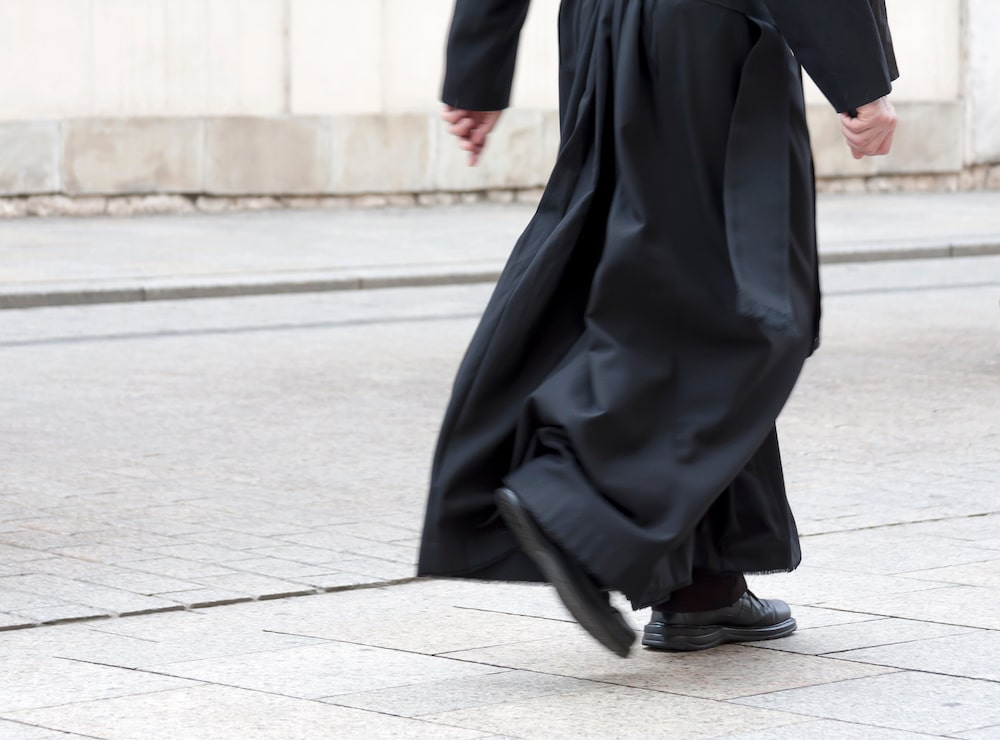
The AP article offers Catholics an opportunity that I hope will not be squandered: the opportunity to assess how much we focus on non-essentials. To the people outside of the Church, the fact that I go to Mass more than once a week is something that sets me apart much more than whether I wear a veil or not. The fact that I go to confession regularly is weird enough to the world without getting into a discussion of going by screen or face-to-face. I hope that Sullivan’s article helps us to recognize that being Catholic sets us apart and that regardless of where we fall on a perceived spectrum of right and left within the Church, we are all on this journey together. If we can sing one verse of “On Eagle’s Wings” followed by one verse of chant, rather than insisting on our own preferences, we might be able to stay in one procession and offer worship to the God who made us.
